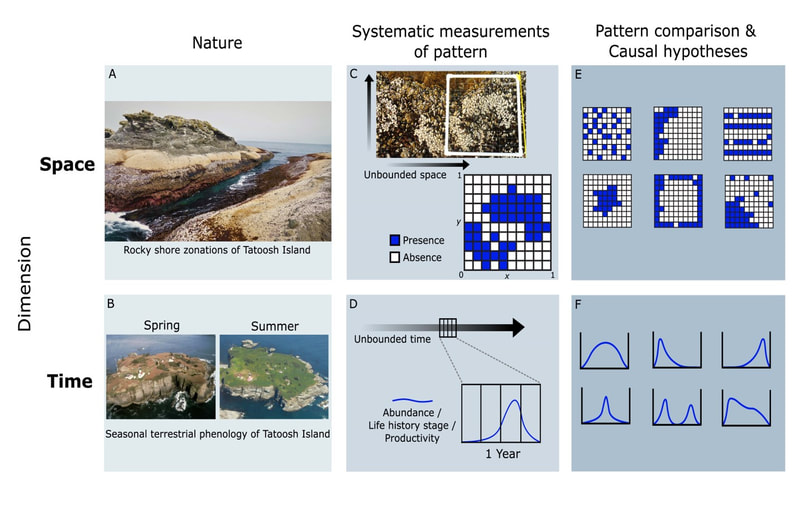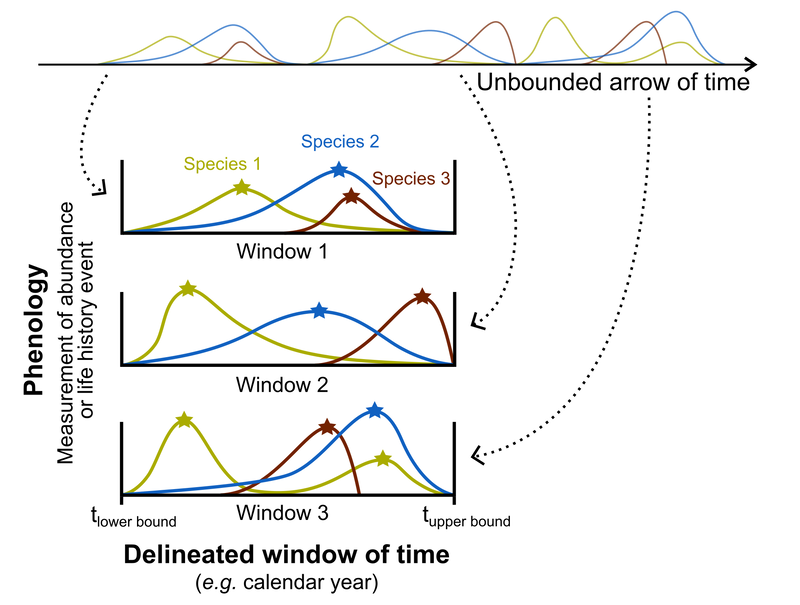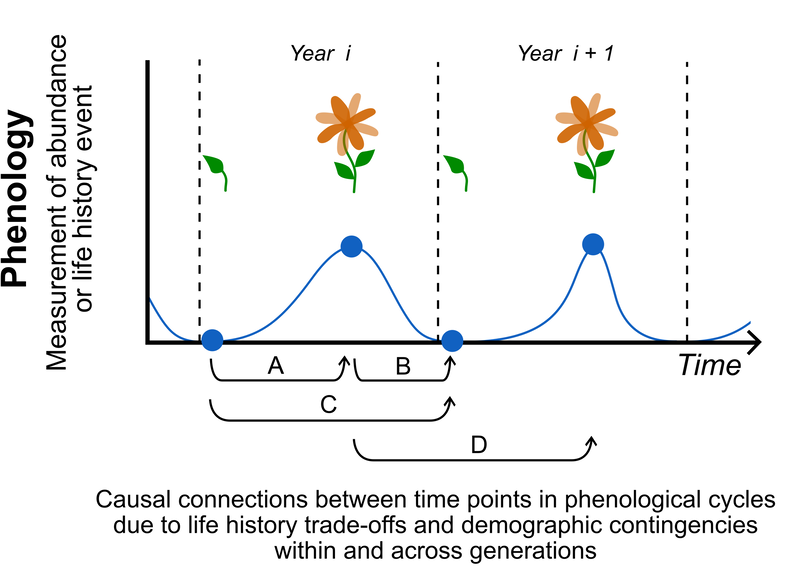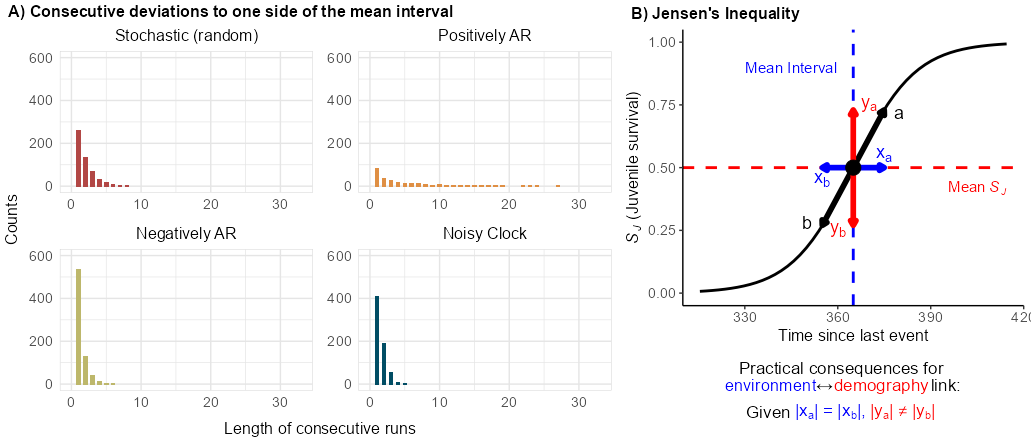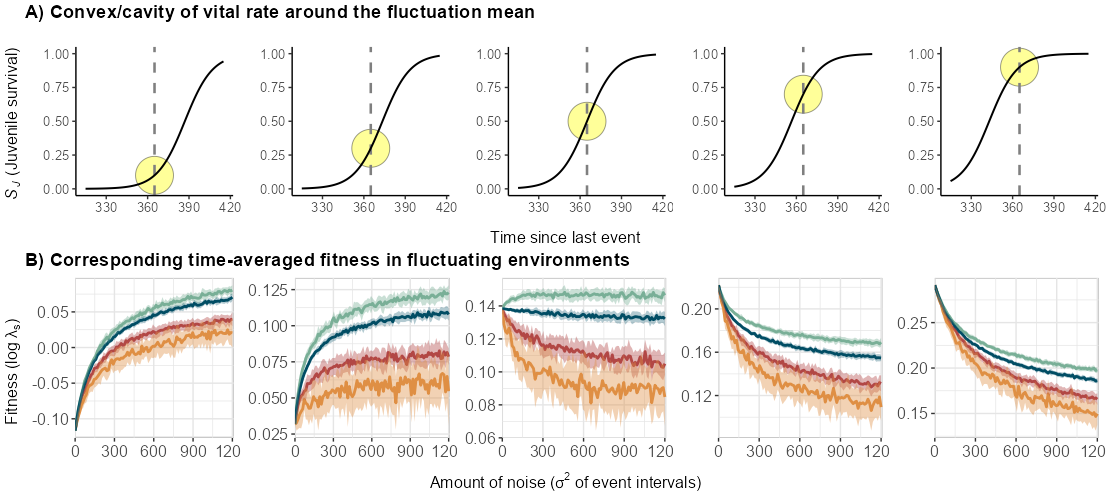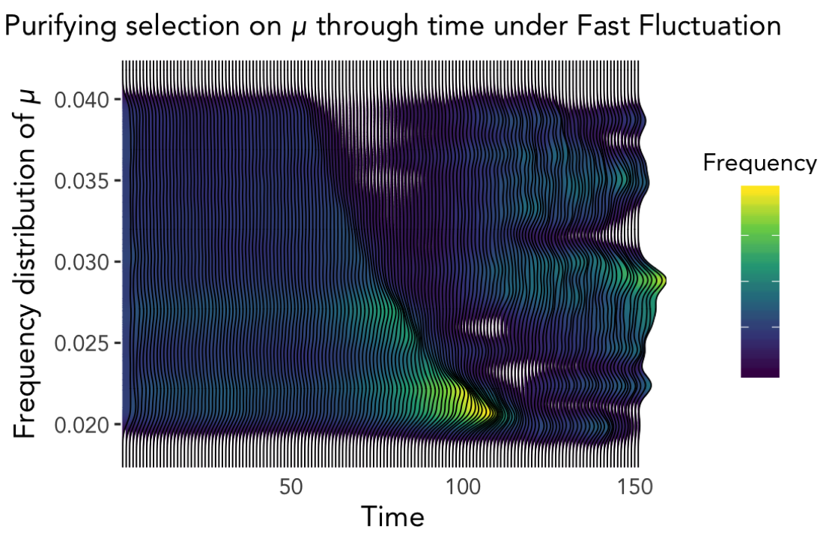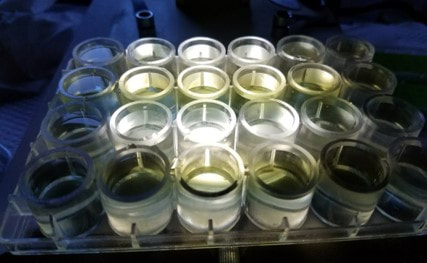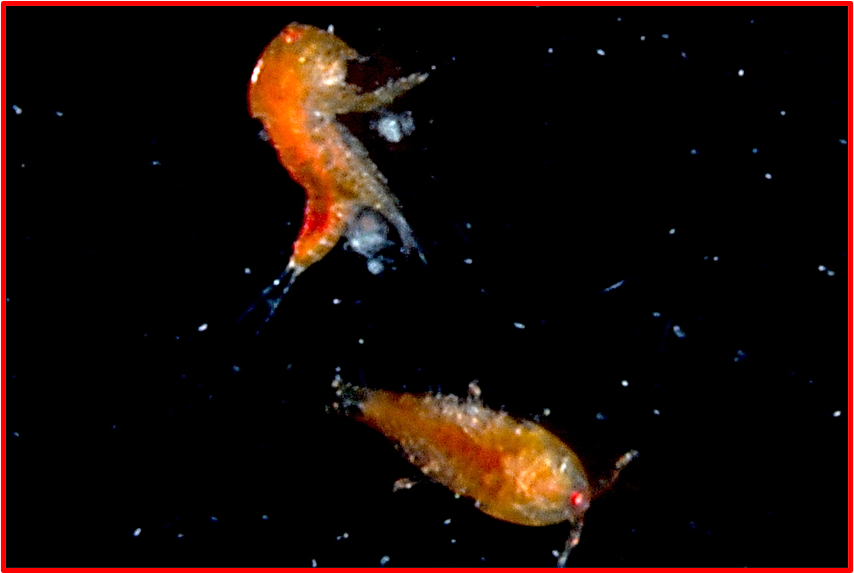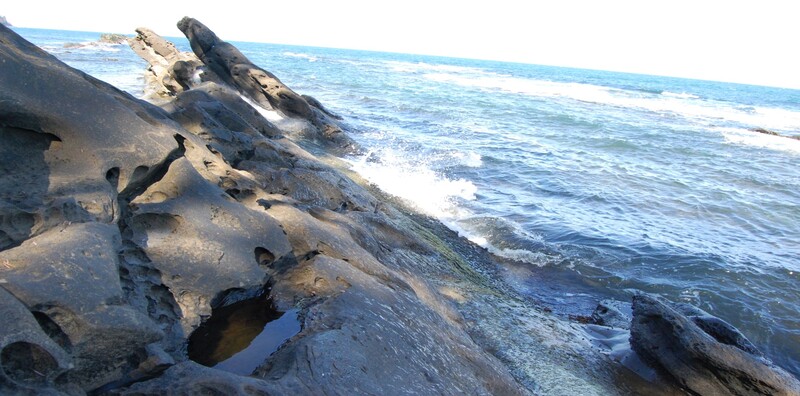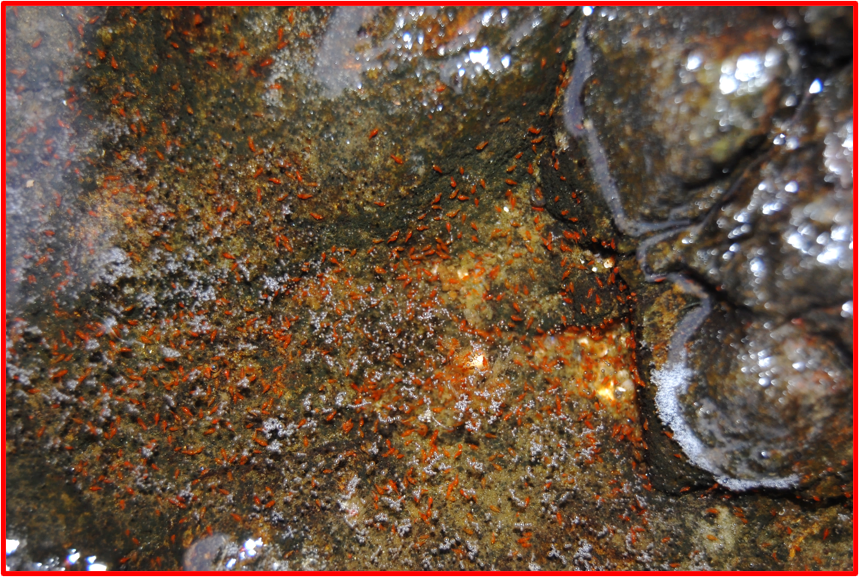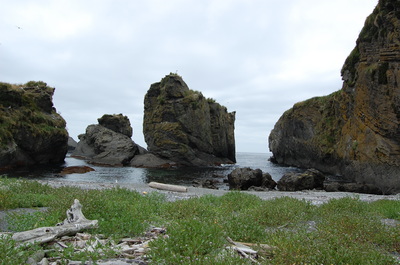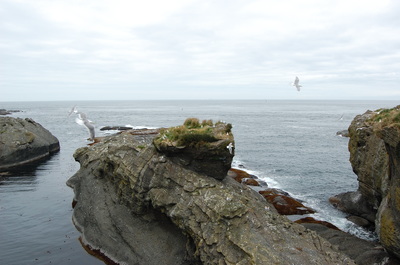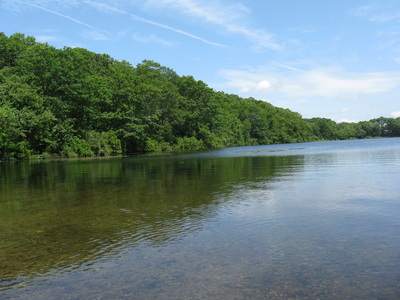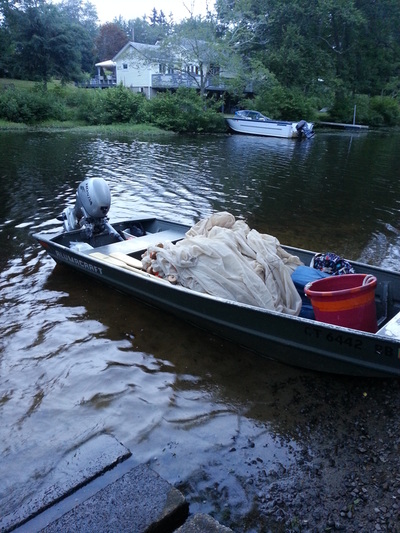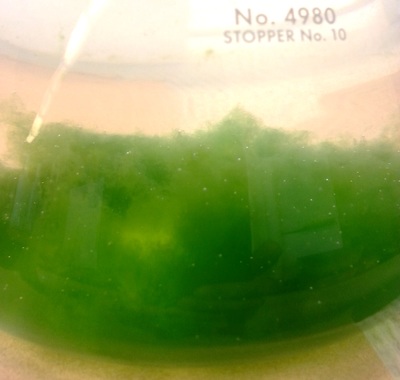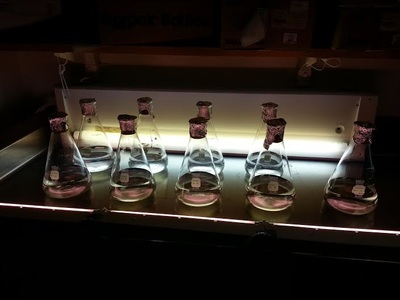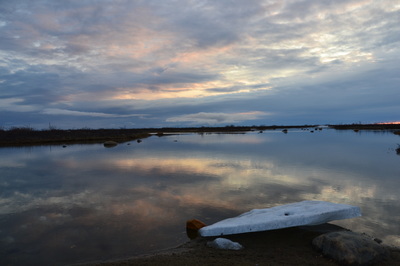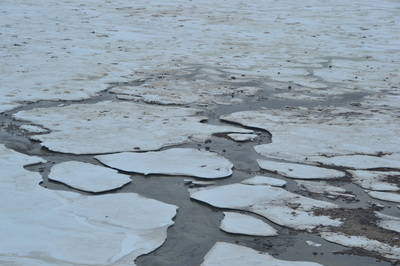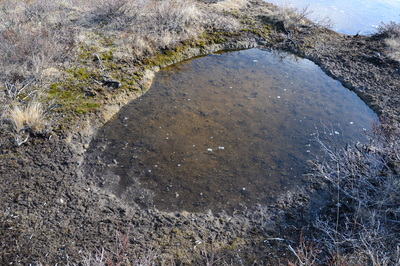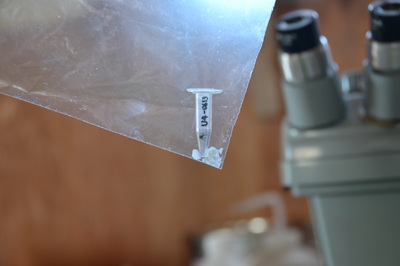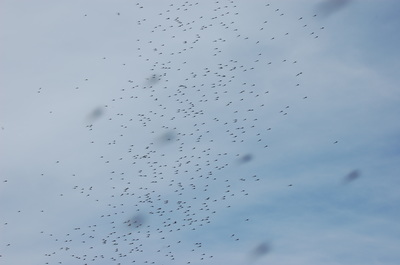I am fascinated by how seasonal life cycles (phenology) evolve in and resonate with physical seasonal cycles. I like to think about how the Earth's revolution—which governs seasonality—preceded the origin of life itself, and underlay its evolution ever since. From this perspective, phenology is arguably one of the more fundamental themes that cuts across ecosystems. Taking an even wider view, cyclicality in the environment spans multiple scales: day/night, tidal, multidecadal, etc. Thus, thinking about how geophysically-driven cycles act as selective forces on the pace of life is a rich source of basic questions.
The tempo of the environment is currently shifting in many ecosystems, too (e.g. growing season length). Studying the causal link between environmental tempo and biological rhythms can thus provide insights for understanding and predicting general patterns of change.
I tackle these questions with a combination of theory (e.g. differential equations, matrix models, optimization), field and lab experiments, agent-based simulations, and long-term data from model systems.
My other broader interests include evolutionary demography, life history theory, theoretical ecology, and synchrony.
The tempo of the environment is currently shifting in many ecosystems, too (e.g. growing season length). Studying the causal link between environmental tempo and biological rhythms can thus provide insights for understanding and predicting general patterns of change.
I tackle these questions with a combination of theory (e.g. differential equations, matrix models, optimization), field and lab experiments, agent-based simulations, and long-term data from model systems.
My other broader interests include evolutionary demography, life history theory, theoretical ecology, and synchrony.
[Currently ongoing]
Kuramoto synchrony of a woodland bird population
Latitudinal gradients of perennial flowering time
- Phenological synchrony between individuals of a population can be important for fitness-related scheduling such as seasonal breeding and predator-swamping. Synchrony can occur as a consequence of individual-to-individual cueing, and social learning.
- Physics gives us a rich body of theory on coupled oscillator systems that synchronize over time, formalized & popularized by the Japanese statistical physicist Yoshiki Kuramoto in 1975*.
- Wytham Woods in Oxfordshire is one of the most researched woodland ecosystems in the world, with >60 years of data on thousands of individually-tracked birds (Wytham Tit Project), as well as long-term data on insects and trees.
- In collaboration with the Edward Grey Institute of Field Ornithology and the Sheldon Lab, I am investigating (1) the extent to which the synchrony of Tit phenology (e.g. egg-laying) might have been changing over the years, (2) how synchrony balances with individual-level optimization, (3) what its social mechanisms might be, (4) how it relates to population size, and (5) how it interacts with other species' phenology.
Latitudinal gradients of perennial flowering time
- Growing season length (window of time within a year optimal for growing) varies naturally along Earth's latitudes.
- This variation provides a set of 'natural experiments' that allows analysis of the relation between growing season length and phenological schedules. The mathematical relationship is one of complex optimization.
- In collaboration with Prof Jon Ågren at Uppsala University, Sweden, I am developing optimal energy allocation models of the relationship between growing season length and flowering time in the Lythrum salicaria (purple loosestrife) and Solidago (goldenrod) model systems.
- Leveraging insights from spatial variation in growing season length, and historical data, we are asking what shifts in phenology might be predicted with forecasted change in growing season lengths under climate change scenarios.
[Recent & Past]
A synthesis of a general (non system-specific) conceptual framework for how phenology maps to fitness
Park & Post (2022) PLOS Biology, doi: https://doi.org/10.1371/journal.pbio.3001952
Park & Post (2022) PLOS Biology, doi: https://doi.org/10.1371/journal.pbio.3001952
How the "architecture" of temporal variability in the physical environment affects fitness
Park & Felmy (2022) bioRxiv, doi: https://doi.org/10.1101/2022.04.21.489085
Park & Felmy (2022) bioRxiv, doi: https://doi.org/10.1101/2022.04.21.489085
Multi-generational lab selection experiment + agent based model study of how disturbance cycle period shapes life history diversity (based on theory developed in Park 2019, below)
Park & Wootton (2021) Ecology Letters, doi: https://doi.org/10.1111/ele.13867
Park & Wootton (2021) Ecology Letters, doi: https://doi.org/10.1111/ele.13867
A general evolutionary demographic theory of life history optima as a function of disturbance cycle period
+ testing the theory with Tigriopus californicus local tidepool adaptation to the periodicity of wave disturbance
Park (2019) Proc R Soc B, doi: https://doi.org/10.1098/rspb.2019.0214
+ testing the theory with Tigriopus californicus local tidepool adaptation to the periodicity of wave disturbance
Park (2019) Proc R Soc B, doi: https://doi.org/10.1098/rspb.2019.0214
Eco-evolutionary feedback between Daphnia and phytoplankton, and consequences for seasonal phytoplankton community turnover
Park & Post (2017) Ecology & Evolution, doi: https://doi.org/10.1002/ece3.3678
Park & Post (2017) Ecology & Evolution, doi: https://doi.org/10.1002/ece3.3678
Tundra mosquito species emerging from seasonal ephemeral ponds in a race against time
Park (2017) Polar BIology, doi: 10.1007/s00300-016-1978-y
Park (2017) Polar BIology, doi: 10.1007/s00300-016-1978-y
